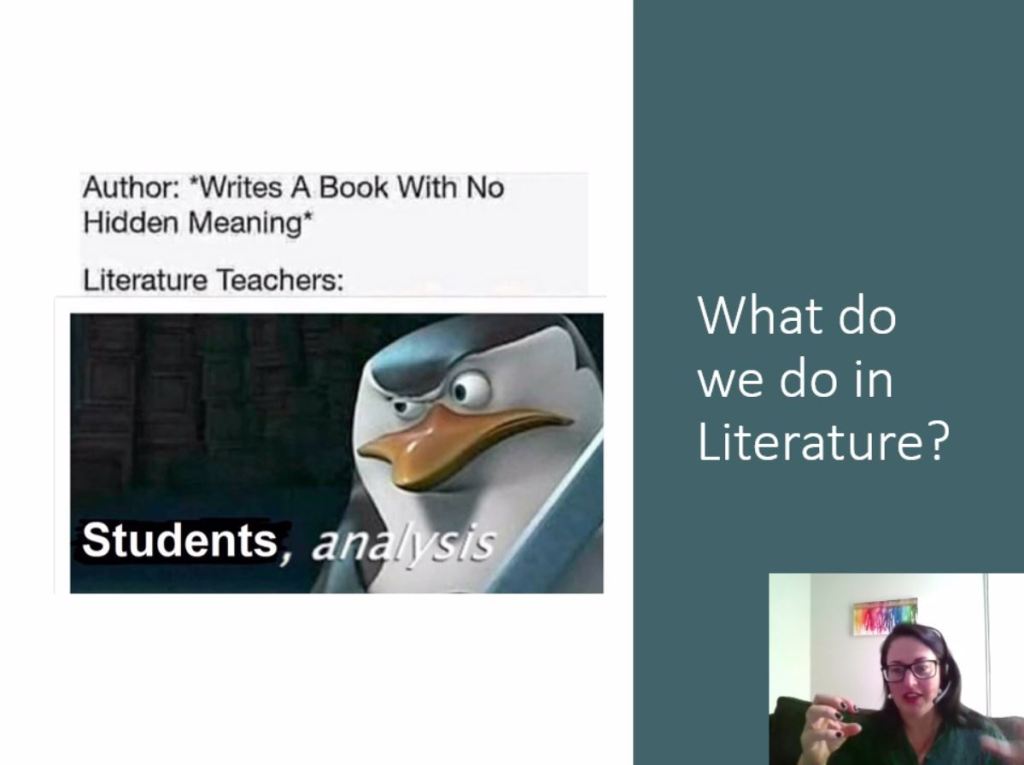
In Western Australia we have been lucky that our periods of COVID-19-related lockdown or distance learning have been counted in weeks, not months. In fact, until the weekend, we had gone almost ten months with no community transmission of coronavirus.
Monday was to be the first day of the academic year for most students in Western Australia, but as 2020 taught us, COVID-19 disruption can strike at any time and change circumstances. One hotel quarantine case of the B117 variant of the novel coronavirus, and Perth was put into a five-day lockdown at 6pm on Sunday night, hours before the first day of school was due to begin. The Premier’s announcement came at lunchtime Sunday, giving school leaders just enough time to meet to plan the response, organise communications, and open schools so that staff could drop in before lockdown commenced to collect anything they might need for remote teaching.
Luckily, this was unlike the announcement in April last year that pressured schools and teachers with significant extra work to begin a hybrid learning environment with students learning from home and from school, simultaneously. Rather, what was announced was a one-week extension of the school holidays. Schools did not need to open for essential workers, nor did they have to provide resources for learning from home. Many independent schools had, however, already started their school years, so student lockers were filled with books and boarders had arrived at boarding houses. Other schools, having not started the school year, had IT devices and books not yet distributed to students.
Government schools are honouring the Monday to Friday extension of the holiday break. Some independent schools launched into remote learning from Tuesday or Wednesday for all students K-12. At my school, we took a balanced approach. The academic year for our K-10 students was postponed for the week, with teachers spending their time at home preparing lessons for Week 2, possibly to be delivered using distance learning if the lockdown is extended due to testing or case numbers. After two days of teacher preparation (of remote lesson plans, instructional videos, Teams functionalities and resources), teaching of courses in Years 11 and 12 began today (Wednesday) via distance learning.
This lockdown and period of remote learning feels different to the scramble in March last year. Even then, we were considered and prepared in our approach. In 2020, in the most isolated city in the world, we had seen the virus coming across the globe like a tidal wave we knew would reach our shores. But it was still a case of building the plane while flying it, and finding ways to listen to our community to figure out what was working well and what could be improved. This time our plan had been refined by deep reflection on lessons learned from our last two rounds of distance learning, and we continued to base our decisions on the following key principles.
- The wellbeing of all in our community, including students, families and staff. We did not want to rush into providing a home learning scenario for all students as families and teachers were busy preparing their households for the lockdown. Parents and teachers were organising to work from home, while having their children at home.
- Clear and streamlined communication. Everyone was consuming and coming to terms with fast-changing news, a new suite of rules and restrictions. A bombardment of communication from the school, or from teachers about remote learning, was not what our community needed on top of the firehose of information they were processing. We ensured clear communication through a couple of key channels. Our All Staff Microsoft Team allowed for detailed, dynamic communication for and among staff.
- Clarity of plan. In 2020, while learning in Western Australian schools returned to face to face, the leadership team continued to iterate and improve the distance learning model for what we thought might be a ‘next time’. That plan—what we called Distance Learning 3.0, as well as previous emergency response planning—made Sunday’s planning much easier. We knew what was likely to work, and we could swiftly tweak the plan for the current scenario and for what is most appropriate for our community, based on a range of previous feedback.
- Collaboration. It has been heartening to see the collaboration between staff in our virtual spaces this week. Staff are creating how-to videos for one another, sharing resources, and reaching out. There is an incredible and uplifting sense of solidarity and staff community, even when a bushfire emergency was added to this week’s lockdown scenario.
In the last year, we’ve learned a lot in education about how to bring humanity together with precision of instruction and collaborative technologies so that remote learning is effective, reassuring and provides connectedness. Today, on our first day of distance learning with Year 11 and 12 students, there has been tremendous uptake and engagement by students. I have been buoyed by feedback from teachers, parents and students, and energised by interactions with my own class and their openness to beginning our course at a distance.
Going slowly, carefully, and with clarity in our response to the latest lockdown has allayed overwhelm and anxiety. It has given time, space and resources for teachers to design remote education for their students that is excellent, equitable and realistic for the context in which we find ourselves. Our approach balances best practice in remote teaching and learning with safeguarding the wellbeing of students, families and staff. We have been able to respond realistically, responsibly and with agility to changes in circumstance, and will continue to do so. With any luck, our five-day lockdown will end after five days.
